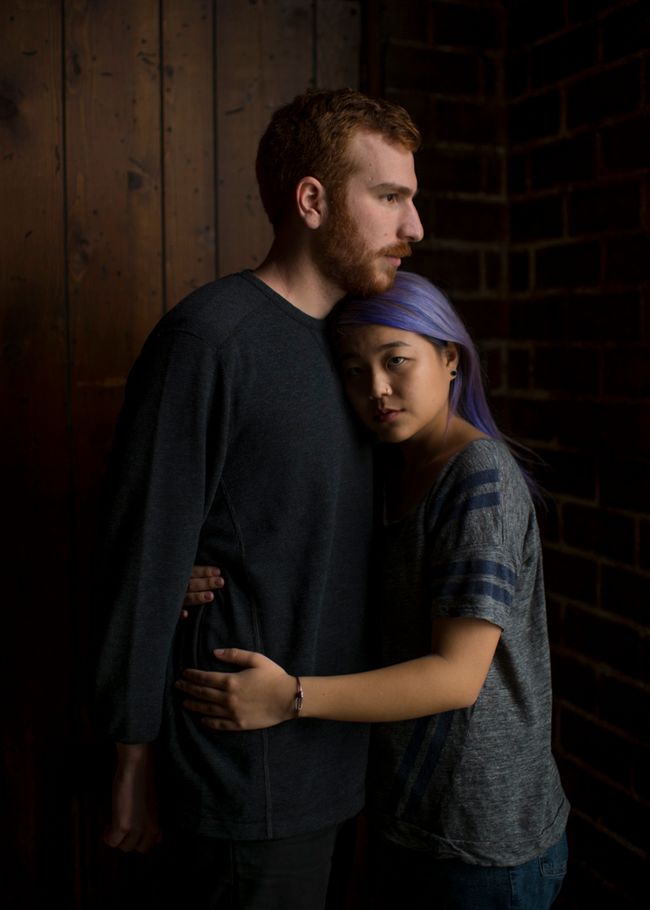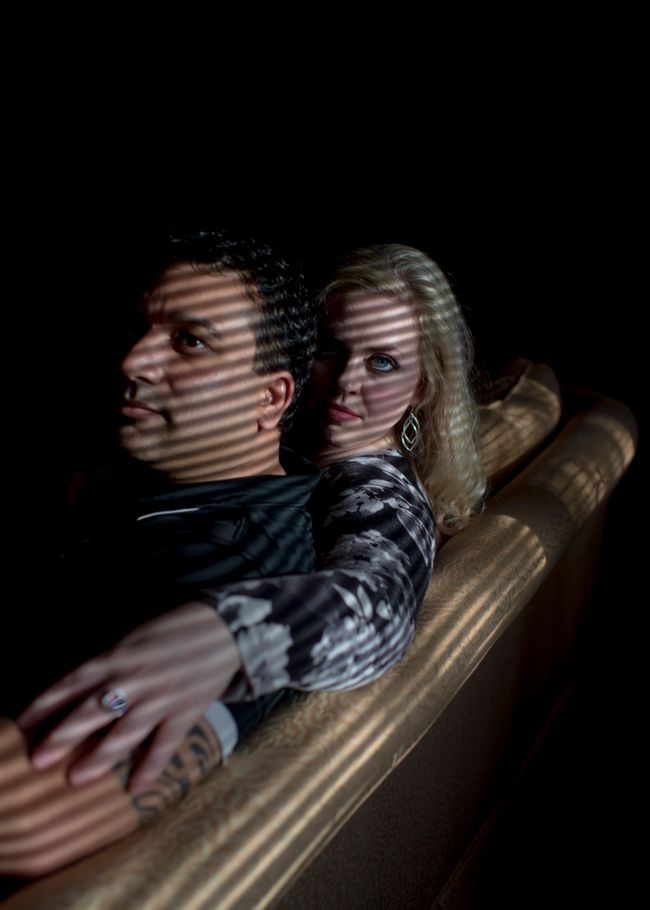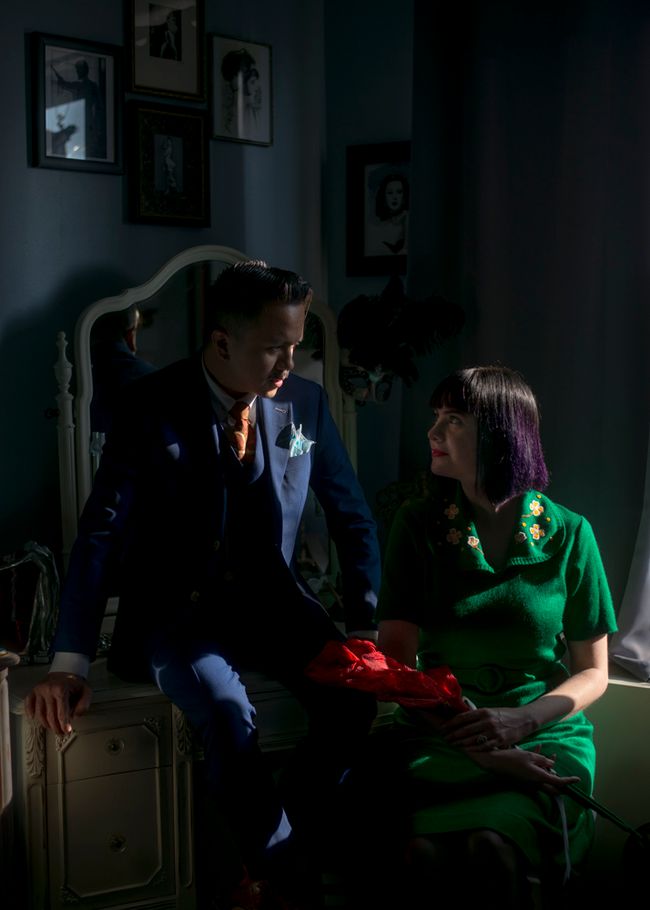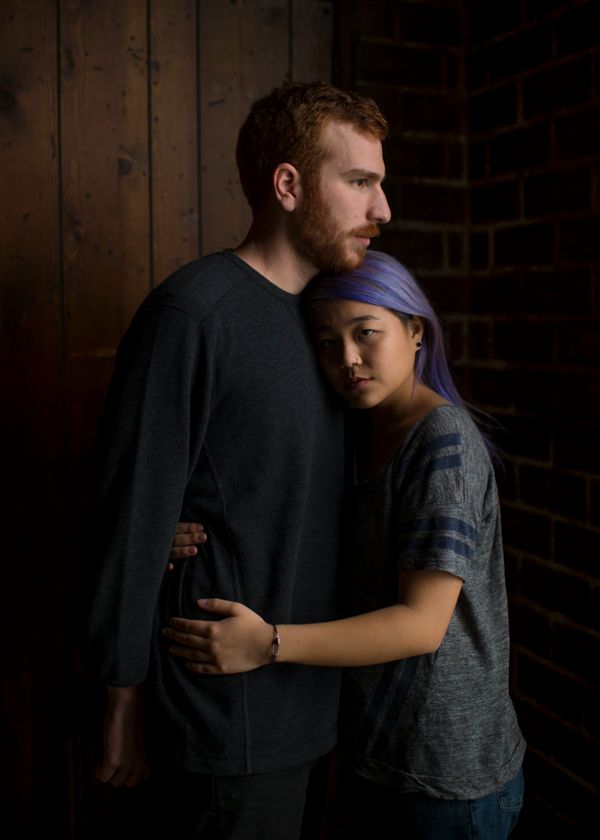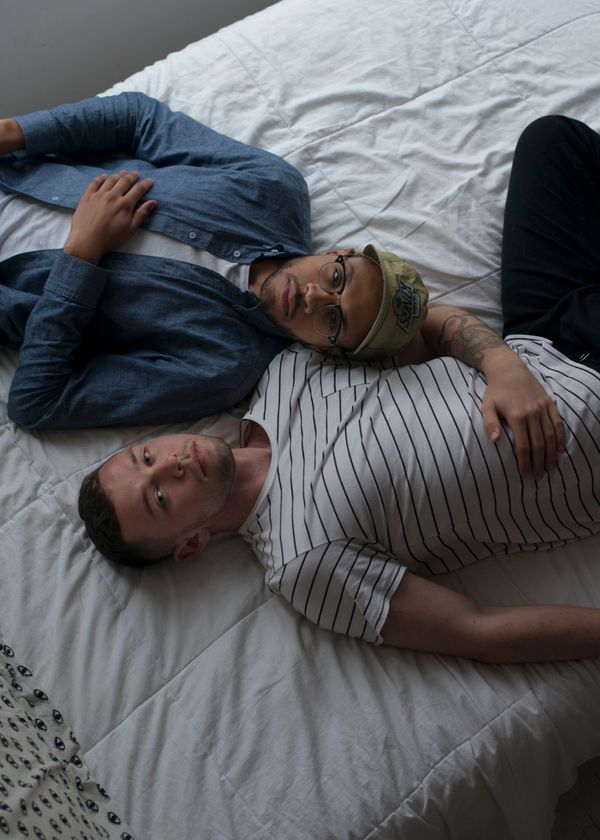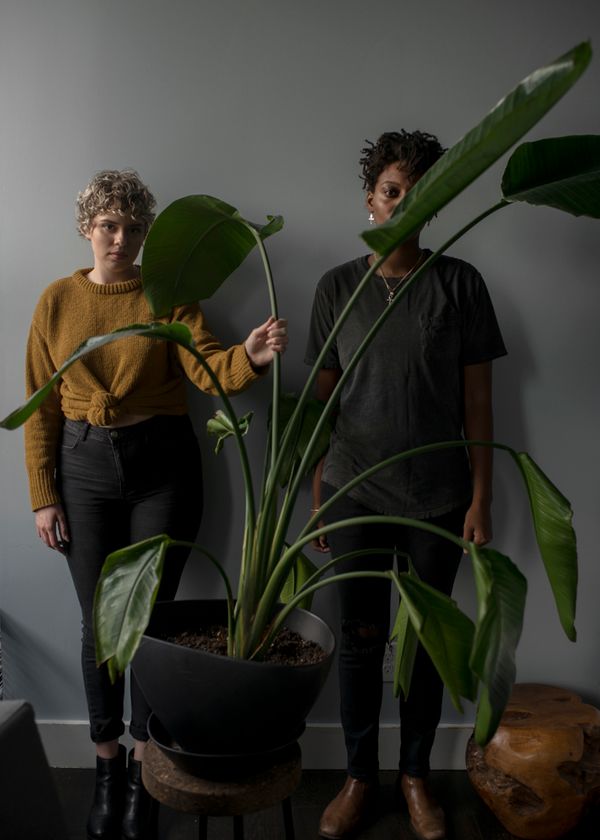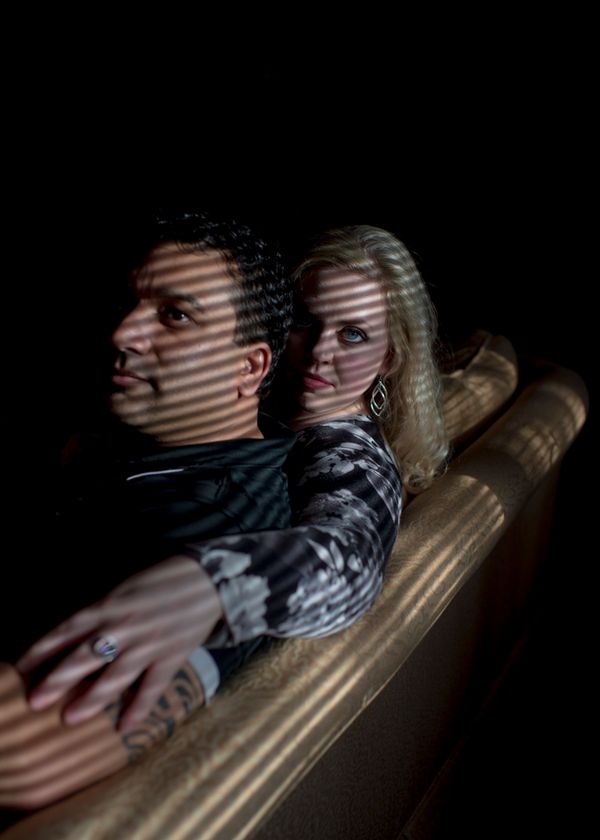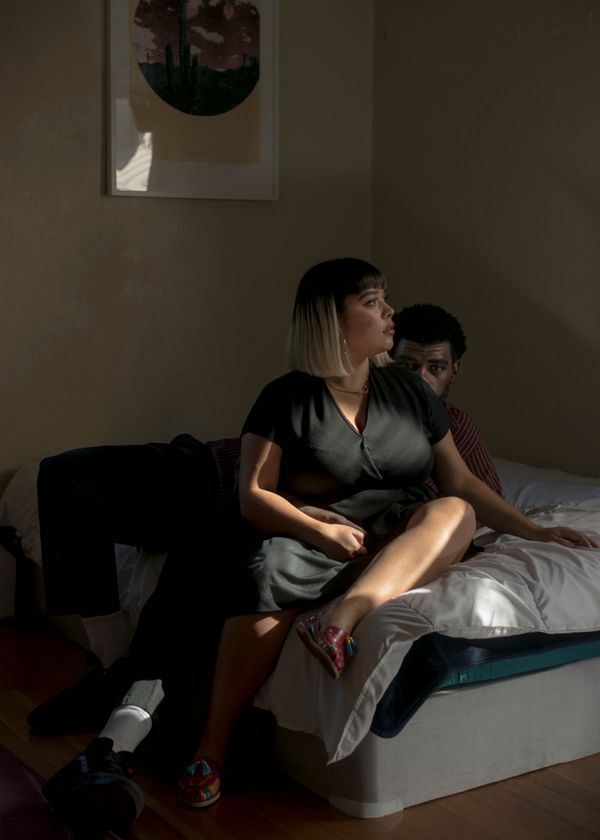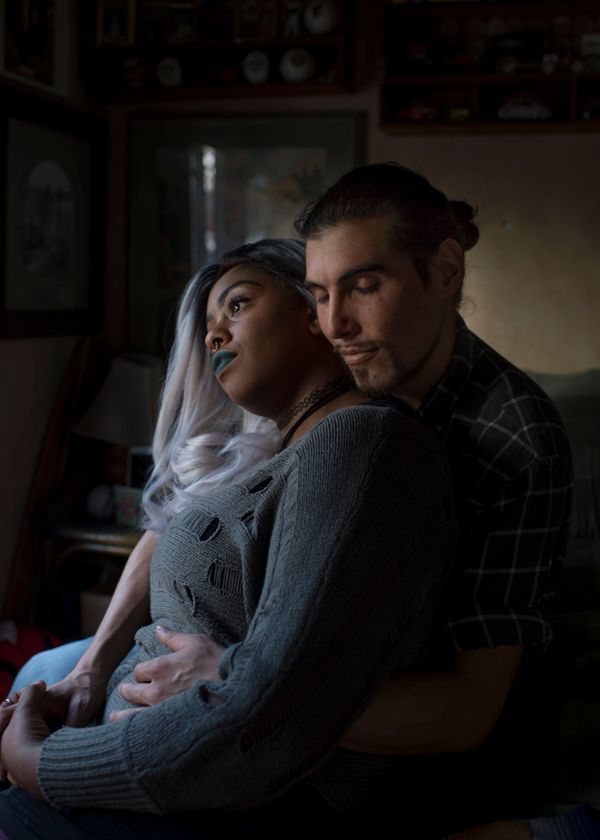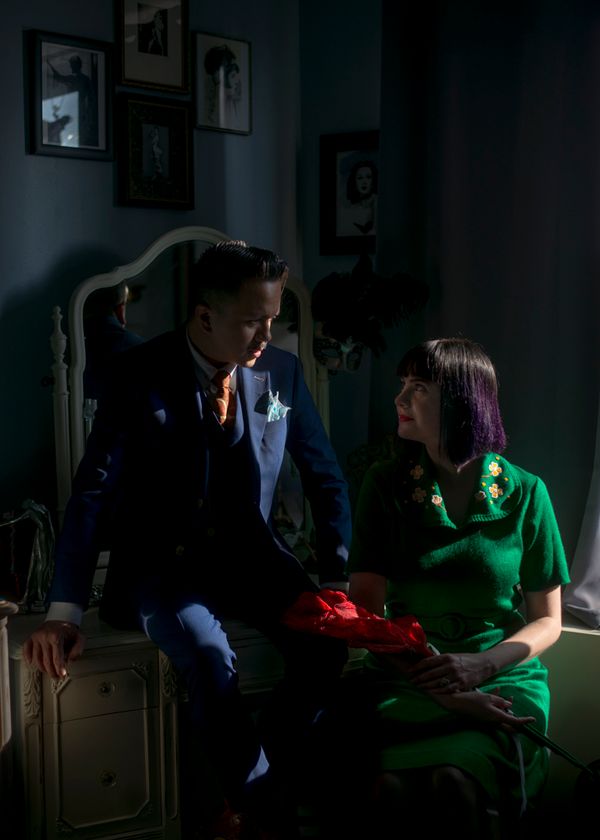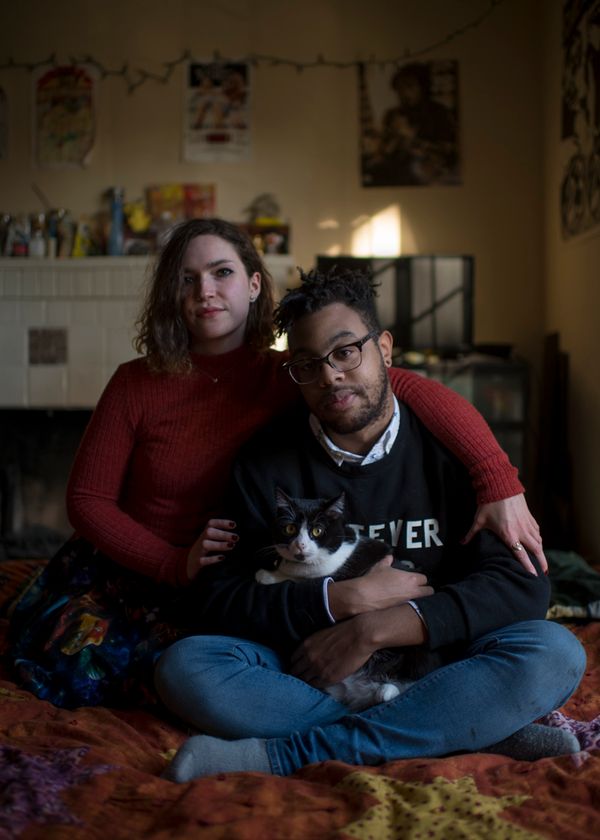The Space Between Two Worlds
-
Dates2017 - Ongoing
-
Author
- Topics Portrait, Contemporary Issues, Editorial
- Locations Oregon, New York, United States, New Jersey, California
“The Space Between Two Worlds” focuses on how a legacy of racism can influence who we see as desirable romantic partners. It is about the barriers to love interracial couples may face and the compassion and understanding that binds them together in the end.
Taylor was five years old when her father said if she ever brought home a “black boy” she would be disowned. While riding Boston transit, Colleen was told by a stranger that she should be ashamed of herself for dating an Asian man. Because of their preconceived ideas about black masculinity, Daisy received pushback from her Latino family when she revealed that she was in an interracial relationship. In 2018, many Americans still face barriers for love and acceptance when it comes to interracial intimacy.
In the last 50 years, interracial relationships have gone from illegal, to taboo, to relatively uncommon depending on where you live in the United States. Before Taylor, Colleen and Daisy, interracial relationships were met with racist reactions, sometimes extreme violence or death.
Richard and Mildred Loving were perhaps the most widely known interracial couple. Their fight for equal love began in 1958 when they were arrested for violating Virginia’s Racial Integrity Act of 1924, which prohibited whites from marrying people classified as “colored.” But nearly a decade later, their act of love proved victorious over white supremacy when the Supreme Court struck down all legal restrictions for intermarriage, deeming these laws unconstitutional across the U.S. on June 12, 1967.
I am in an interracial relationship, and I am inspired by those of the past who used their love to make my experience today possible.
I have been advised that storytellers should pursue those questions that haunt them the most before falling asleep. The questions that motivated me to explore Western portrayals of Asian men and women, ask how cultural perceptions affect the development of personal relationships. What first began as an examination into my own identity, as an Asian man in America, developed into a project to understand how a legacy of racism can influence who we see as desirable romantic partners and how interracial intimacy will reflect America’s demographic shift.
The minority population in America is poised to become the majority population within the next several decades. This demographic shift presents a unique opportunity to trace how America’s dating landscape will change. There are 120.5-million people married in the United States today, with 12-million in interracial marriages, or about ten percent of all married couples. This is an incredibly divisive time emboldened by far-right supporters decrying a “white genocide” in America, which also makes this conversation important to have now.
Despite the fact that interracial marriages has increased by five times, from three percent in 1967 to seventeen percent in 2015, collective visibility for interracial couples and their stories remain small. Studies from the Pew Research Center show that intermarriage rates and pairings vary when broken down by race and gender. In 2015, Asian women were three times more likely than Asian men to marry a white person, and black men were two times as likely to marry someone of a different race than black woman. Only eleven percent of white newlyweds marry outside of their race and yet sixty-eight percent of all interracial newlywed couples are between one white person and one person of color. Deconstructing the cause behind these underreported facts can help us understand the origins of interracial intimacy and how race has historically been used as a dividing tool to maintain structures of oppression.
This project began in California in February 2017. It includes couples in Oregon, New Jersey, and New York. I will continue to photograph couples across the United States, from Honolulu, Hawaii where forty-two percent of all newlyweds have a spouse of a different race or ethnicity, to Jackson, Mississippi and Asheville, North Carolina, where just three percent of newlyweds are intermarried. I plan to create a visual map that outlines the states and regions with the lowest intermarriage rates and those with the highest. The West, for example, sees twenty-two percent of all newlyweds marrying someone of a different race; fourteen percent in the South, thirteen percent on the East Coast, and eleven percent in the Midwest.
The people I have met have shown me that the experiences of interracial couples are the unacknowledged echoes of America’s past. I believe those consequences need to be documented. Interracial intimacy and a future of mixed-race children cannot end racism alone. My mission is to build on the belief that interracial intimacy can act as a bridge to a world of compassion and understanding.
